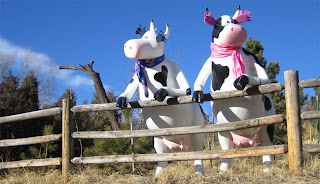En agosto de 2012 fue publicado que el Ministro de Agricultura Ganadería y Alimentación, informó que se tendría una reunión interinstitucional con la finalidad de buscar soluciones que permitieran abastecer de granos básicos al mercado nacional. La medida surgió como consecuencia de la escasez de agua, principalmente en el oriente del país. Se preveía escasez de granos básicos debido a las pocas lluvias durante el presente invierno.
Entonces también leímos que el Consejo Internacional de Avicultura estaba preocupado por la escasez mundial de granos provocada por la sequía prolongada en las regiones productoras de soya y maíz de Estados Unidos junto con lluvias torrenciales en el norte de Europa.
En julio de 2013 nos enteramos de que las reservas de maíz blanco de las familias de oriente y occidente se habían agotado en junio, mientras que en todo el país se registraba escasez de frijol, de acuerdo con un reporte de la Organización de las Naciones Unidas para la Alimentación y Agricultura.
Pero ahora resulta que no. Los precios del maíz y frijol reportan una caída a niveles no vistos en los últimos siete años, según el informe de monitoreo sobre la reserva, precio y mercado con familias de las comunidades donde se ejecutan los proyectos apoyados por Organización de las Naciones Unidas para la Alimentación y la Agricultura. El Ministerio de Agricultura, Ganadería y Alimentación (MAGA) cree que la baja tiene que ver con la política de producción que ellos impulsan, la que, se infiere, sobrepasa la demanda.
¡Sorpresa! La FAO y el MAGA se trajeron abajo los precios de los granos básicos porque con sus políticas embarcaron a los productores en un proceso de sobreproducción. Ahora los burócratas quieren intervenir en el almacenamiento yen la exportación de los granos.
Por supuesto que los consumidores podríamos beneficiarnos por esta sobreproducción y la baja de los precios; pero, ¿qué pasará con los productores que fueron involucrados artificialmente en la sobreproducción?
Esto pasa cuando los políticos y sus burócratas intervienen en los procesos productivos y de comercialización. Se beneficia y se perjudica a grupos de personas -no por efectos del mercado-, sino por decisiones políticas.
 De Cris Lingle recibí este artículo de
De Cris Lingle recibí este artículo de 
